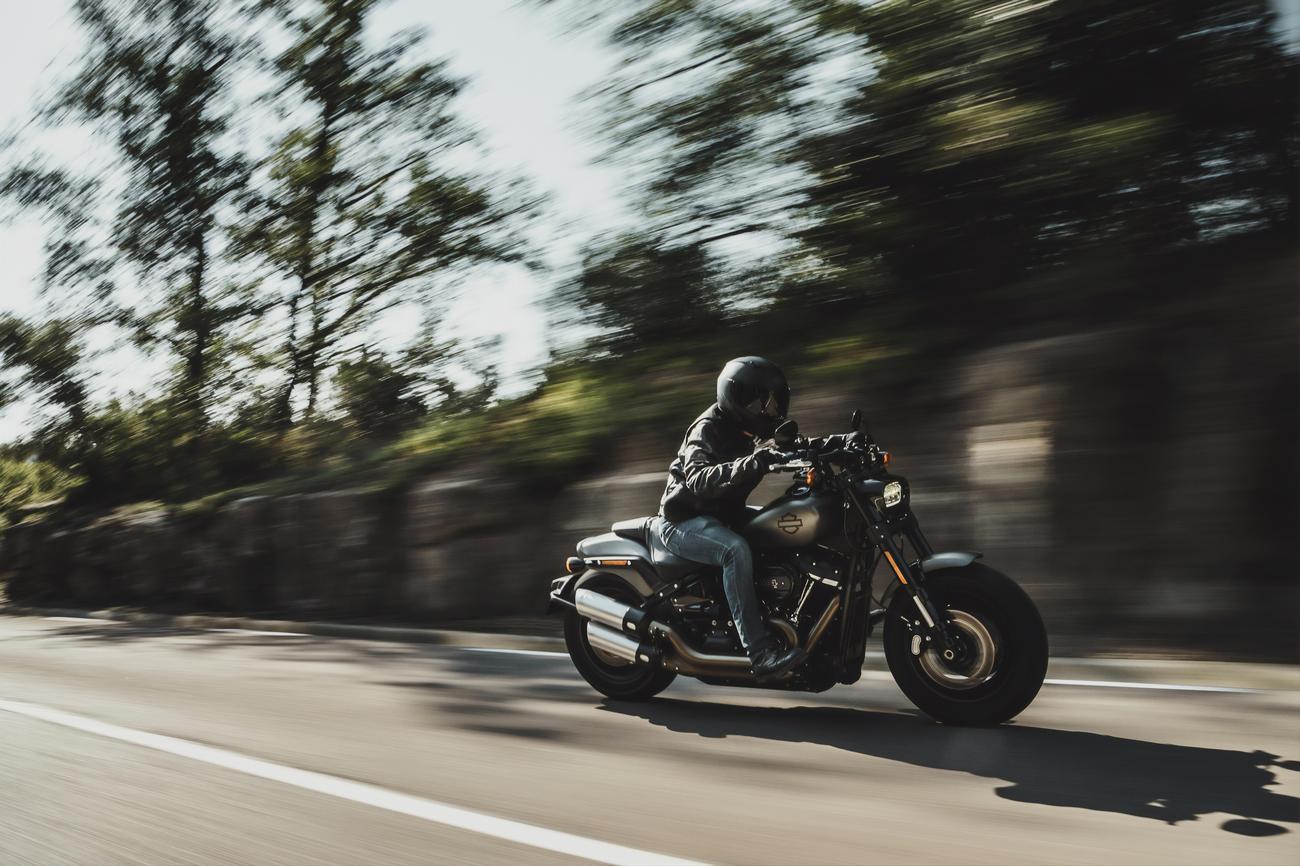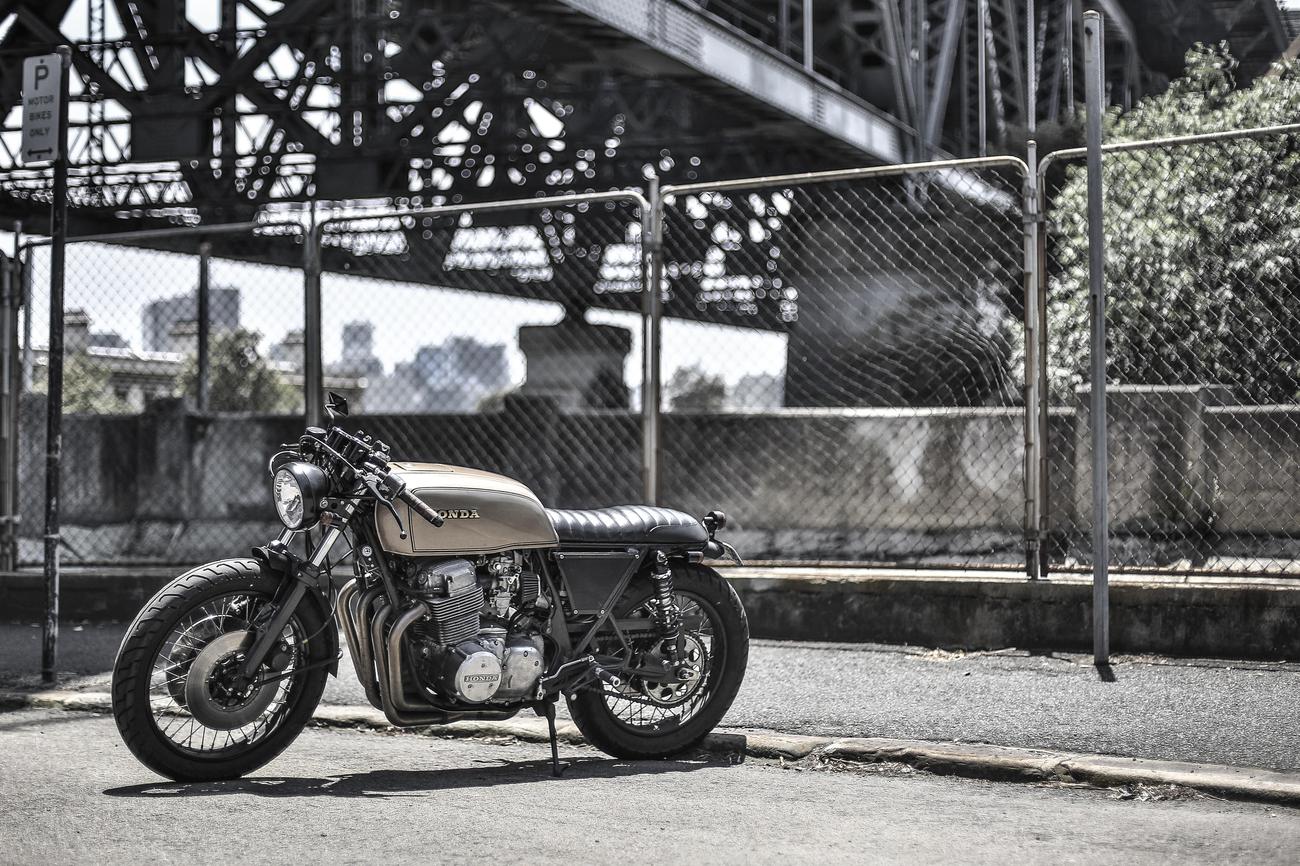Fascinating motorcycle suspension facts await you in this article! As a seasoned automotive journalist and motorcycle enthusiast, I have dedicated my career to unraveling the intricacies of motorcycle engineering. With over a decade of experience and a strong background in mechanical engineering, I am here to share my expert insights on how suspension systems impact the performance, safety, and rider comfort on two wheels. Join me on this captivating journey as we dive deep into the fascinating world of motorcycle suspension.

Fascinating Motorcycle Suspension Facts
Motorcycle suspensions are more than just springs and dampers. They play a crucial role in enhancing performance, safety, and rider comfort. Let’s dive into some fascinating motorcycle suspension facts and uncover the engineering marvels behind these systems.
1. The Dual Purpose of Motorcycle Suspensions
Motorcycle suspensions serve a dual purpose. Firstly, they isolate the chassis and rider from road imperfections, whether it’s potholes, bumps, or harsh terrains. Secondly, they contribute significantly to the vehicle’s handling and braking capabilities. So, not only do suspensions provide a smooth and comfortable ride, but they also enhance a motorcycle’s overall performance.
“Motorcycle suspensions are like the unsung heroes of the riding experience. They work tirelessly behind the scenes to ensure a smooth and controlled ride, allowing riders to focus on the thrill of the journey.“
2. Finding the Perfect Balance
Finding the right balance is essential when it comes to motorcycle suspensions. Too soft, and the bike will sag and dive excessively under braking. Too stiff, and the ride becomes harsh, transmitting every bump and imperfection directly to the rider. Striking the perfect balance involves carefully matching the suspension’s spring rate, damping characteristics, and travel range to the motorcycle’s weight, geometry, and intended use.
“Achieving the perfect suspension setup is akin to finding the sweet spot in life. It’s all about finding that delicate balance between comfort and performance, where the rider and the machine harmonize seamlessly.“
3. The Role of Springs and Dampers
Springs and dampers are the key players in motorcycle suspensions. The spring absorbs bumps and shocks, while the damper controls the motion of the spring, preventing it from oscillating endlessly. Together, they provide the necessary range of motion for the suspension to function efficiently and deliver a controlled yet comfortable ride.
“Springs and dampers are like the dynamic duo of the suspension world. They work hand in hand to absorb the jolts and bumps of the road, ensuring a smooth and stable ride for the rider.“
4. The Suspension Triangle
Imagine a triangle connecting the front and rear suspensions of a motorcycle to its center of gravity. This triangle, known as the suspension triangle, plays a crucial role in maintaining stability and preventing excessive weight transfer during acceleration, braking, and cornering. The components within this triangle, such as the swingarm, forks, and rear shock, need to work in harmony to provide optimal handling and control.
“The suspension triangle is like the backbone of a motorcycle’s stability. It keeps everything in check, ensuring that the weight distribution and dynamics of the bike remain in perfect harmony, even during the most exhilarating twists and turns.“
5. The Future of Motorcycle Suspension
Motorcycle suspension technology is constantly evolving. Engineers are pushing the boundaries to enhance performance, comfort, and safety. Advancements range from electronic suspension systems that automatically adjust damping in real-time to semi-active suspensions that adapt to changing road conditions. The future of motorcycle suspensions looks promising and will undoubtedly revolutionize the riding experience.
“The future of motorcycle suspensions is an exciting one. With each passing day, engineers are inching closer to the holy grail of suspension design – a system that caters to every road and rider demand, providing the ultimate balance of performance and comfort.“
In conclusion, motorcycle suspensions are an essential aspect of the riding experience, combining engineering precision and innovation to deliver a smooth, safe, and exhilarating journey. From balancing springs and dampers to optimizing the suspension triangle, these fascinating facts shed light on the intricate world of motorcycle suspension systems.
“So, the next time you hop on your motorcycle and embark on a thrilling adventure, take a moment to appreciate the marvels of suspension engineering working silently beneath you, ensuring that every ride is a captivating and exhilarating experience.“
Are you curious about the secrets of motorcycle mechanics? If so, get ready to delve into the fascinating world of two-wheeled wonders. From the intricacies of engine repair to the art of fine-tuning, there are countless fun facts about motorcycle mechanics that will leave you in awe. To satisfy your curiosity and uncover these captivating tidbits, click here: Fun Facts About Motorcycle Mechanics. Prepare to be amazed as you discover the inner workings of these mechanical marvels. So, what are you waiting for? Take a journey into the world of motorcycle mechanics and let your curiosity ride wild.

FAQ
What is the purpose of motorcycle suspensions?
Motorcycle suspensions serve multiple purposes, including minimizing the effects of road imperfections such as potholes and bumps, enhancing handling and braking, and providing safety and comfort by isolating riders from road noise, vibrations, and shocks.
What components are essential in a motorcycle suspension setup?
A motorcycle suspension setup consists of three essential components: a spring to absorb bumps and shocks, a system to dampen the motion of the spring, and enough range of motion for these components to function effectively. These elements work together to ensure a smooth and controlled ride.
How do motorcycle suspensions differ for on-road and off-road riding?
On-road suspensions are designed to handle forces experienced during cornering, acceleration, and deceleration, as well as minimize the impact of potholes and road irregularities. Off-road suspensions, on the other hand, are built to tackle more challenging terrains, such as rocks, jumps, roots, and ledges, and provide maximum stability and control.
What role does motorcycle suspension play in handling and braking?
Motorcycle suspension plays a crucial role in a vehicle’s handling and braking performance. It helps maintain tire contact with the road surface, ensuring optimal traction and stability during turns and maneuvers. By managing weight transfer, suspensions contribute to improved cornering, braking, and overall control.
How can motorcycle suspensions be optimized for rider comfort?
To optimize rider comfort, motorcycle suspensions can be adjusted to suit individual preferences and riding conditions. Factors such as preload, rebound damping, and compression damping can be fine-tuned to provide the desired balance between firmness and suppleness, enhancing rider comfort and reducing fatigue.
















